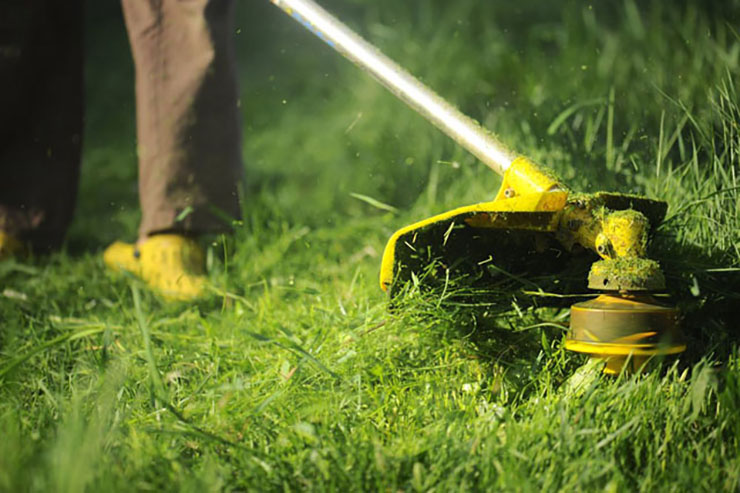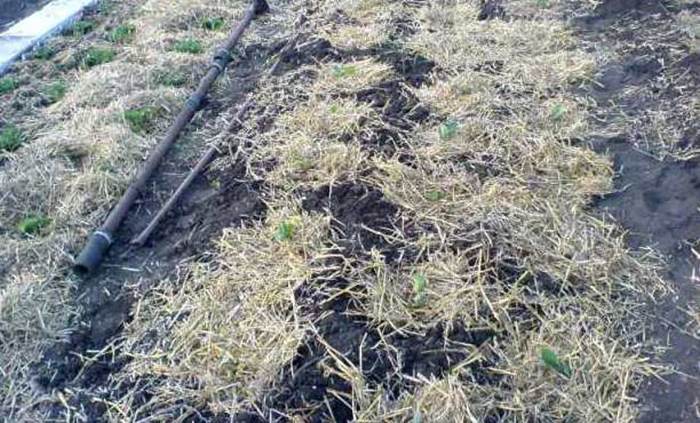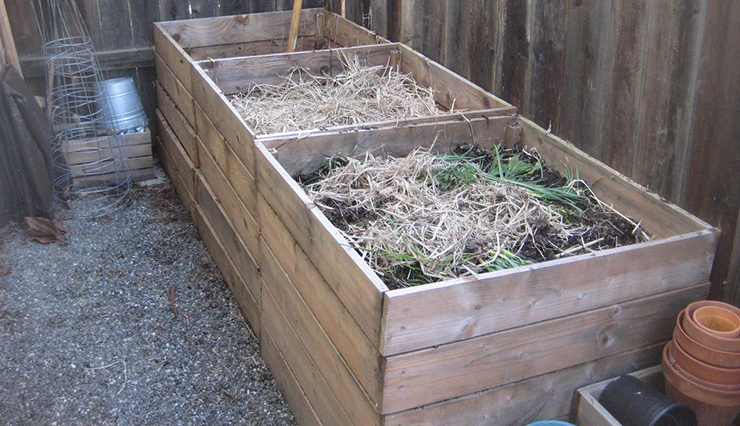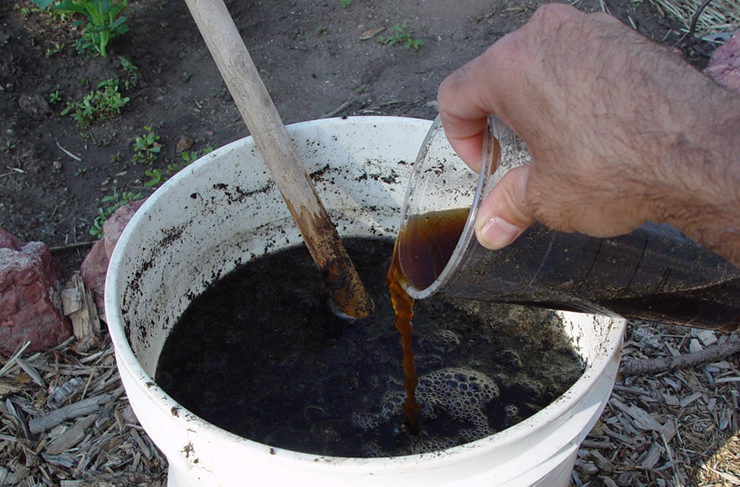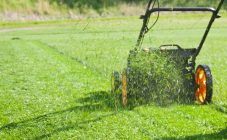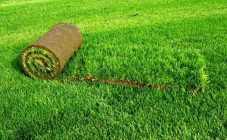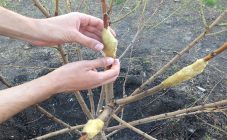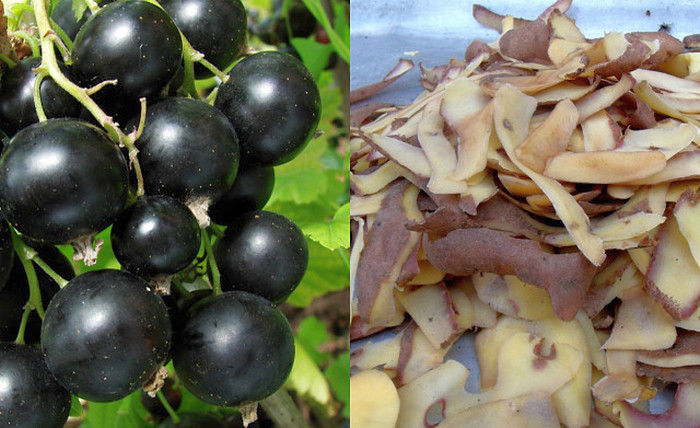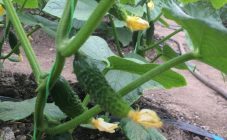Content:
A well-groomed dacha is always attractive, so the happy owners try to cut off the grown greens as often as possible. But novice summer residents are sometimes annoyed by the mown grass. They don't know if it needs to be removed from the lawn or not. If so, then what to do with it.
Grass at their summer cottage
The spring sun will not have time to warm up, but green grass has already crawled out of the ground and continues to grow actively. If it is not cut in time, the entire area will turn into a "jungle", which will become a haven for harmful insects (for example, ticks that are dangerous to humans and animals).
Therefore, the question of whether to mow or not should not even be raised.
The number of visits of the mower is determined based on some features:
- they begin to cut the lawn when the grass becomes higher than 10 cm;
- leave a green carpet at least 5 cm high - shorter grass will dry quickly;
- the mowed lawn must be even in height over the entire area;
- the optimal amount of mowing in the warm season is 1 time in 2 weeks, but if the summer is rainy, then they cut more often.
In the fall, the grass slows down, and the summer resident may already mow less often. The last call is made just before the frost, so that the trimmed lawn plants can calmly overwinter.
The amount of grass cut per season depends on the size of the cultivated area. But even in a small area there will be enough of it to create a dilemma of what to do with the grass after mowing the lawn.
Recycling grass
When collecting cut greens from the site, you should not take it outside the dacha and throw it away. After all, this is an excellent green fertilizer for garden and horticultural crops. Therefore, you need to learn how to properly dispose of raw materials that can help increase soil fertility.
There are three ways to use grass:
- prepare fermented top dressing;
- lay in a compost heap;
- apply as mulch in the beds (greenhouse is no exception).
Mulching
After mowing, the farmer leaves the grass in place for drying, then spreads it out on the beds. It is advisable to cover it with every cultivated plant in the garden (tree or fruit bush).
It is recommended to maintain a layer thickness of about 5-10 cm. As the mulch dries up, it is renewed.
Mulching on the site performs the following tasks:
- decomposing biomass will saturate the soil with the necessary chemical compounds during the winter;
- incorporation of organic matter structures and loosens the soil;
- in the spring and summer, mulch will help to delay the evaporation of moisture from the ground;
- the nutrient layer prevents the growth of weeds.
Therefore, when the question arises of where to put the grass from the garden, we can say that it is recommended to leave it in the beds as mulch.
Mowed compost
Experienced gardeners have long decided on the problem of where to put the cut grass in the country - they lay compost heaps. For this, a special fenced place is allocated on the site. Some people take barrels (metal, wood), plastic bags, boxes, buckets, etc. for storing raw materials.
The clipped greens are immediately removed from the lawn and placed on the formed pile. It is recommended to intersperse the green mass with layers of soil from the garden, tops from the garden, cut weeds (without seeds), bird droppings, manure, peat. Food waste from the home kitchen can also be placed here.
Additional minerals are added to the compost, such as wood ash, oven soot, crushed egg shells, etc. The maturation of decomposing materials is accelerated by regular moistening and shoveling of layers with a pitchfork.
Collecting grass in a heap goes on throughout the summer season. The compost under the shelter continues to decompose throughout the winter; in the spring it is already used as a high-quality complete fertilizer.
Fermented feed preparation
You don't have to wait until next year to use the grass harvested from your lawn as a nutrient. The people have long learned to prepare a fermented herbal infusion.
Option number 1
An inexperienced summer resident will also cope with this task, acting in this way:
- prepare a clean, non-metal container (for example, a plastic barrel);
- fill it by 2/3 of the volume with cut grass;
- the greens are well crushed;
- the barrel is filled with warm water so that there is a free space of 10-12 cm to the edge (a foam hat will appear here).
To ferment more actively, the container is exposed in a sunny place. In the process, an unpleasant, pungent putrid odor is released, so it is better to keep the barrel away from home.
As soon as the foam begins to disappear, and the intensity of the stench goes out, we can assume that the feeding is ready (approximately this happens on the 7-12th day). But you cannot immediately add humus to the beds - it should still be diluted with water in a ratio of 1: 5.
Plants are watered with liquid fertilizer at the root. They can irrigate crops by foliar dressing. The sediment remaining at the bottom of the barrel is recommended to be sent to a compost heap or used as mulch.
Option number 2
When fermenting in this way, it is better to place the barrel in the shade. To make things go faster, it is recommended to grind the grass before laying. The container is filled with greens by ½ the volume, filled with the same amount of water.
Double superphosphate is added to the fertilizer at the rate of 100 g for every 20 liters of solution. This will avoid humus potassium starvation.
To evenly ripen the grass, the barrel is covered with a lid (but not tightly) and left to ferment for 10-12 days. At the same time, do not forget to stir the solution every day, observing safety rules (there are harmful fumes).
As soon as the foam stops forming, you can proceed to further actions. The unfiltered solution is diluted with water in a 1: 2 ratio and 1 liter of fertilizer is applied under each plant (or 5 liters per 10 square meters of plantation).
Whether to remove the grass after cutting
If a lawn mower with a grass collector is used in the maintenance of the territory, the question of whether to remove the cut greens or not does not even arise.
In other cases, you need to proceed from the situation:
- if the summer is hot, and the grass was cut no more than 5 cm, it is better to leave it on the lawn so that the sun does not burn the aftermath;
- in the case when the greens are planned to be used for mulching, they need to be dried, which can be done here, on the lawn; but if you had to mow when the weather is damp, then it is better not to leave the grass, but immediately transfer it to a compost heap or send it for fermentation;
- you can not remove cut plants if this site will be used next year for planting - the grass in this case will be an excellent fertilizer and will not allow weeds to grow here; you don't have to worry about subsequent mowing.
If you want your backyard lawn to be always neat and beautiful, then after mowing, the grass must be removed immediately. Otherwise, the growing blades of grass in those areas where the cut greens will lie will begin to rot and lose their attractiveness.
After the belated removal of the cut grass, bald spots may appear on the lawn, and it will lose its uniformity, both in structure and in color, which will not paint a beautiful landscape.
